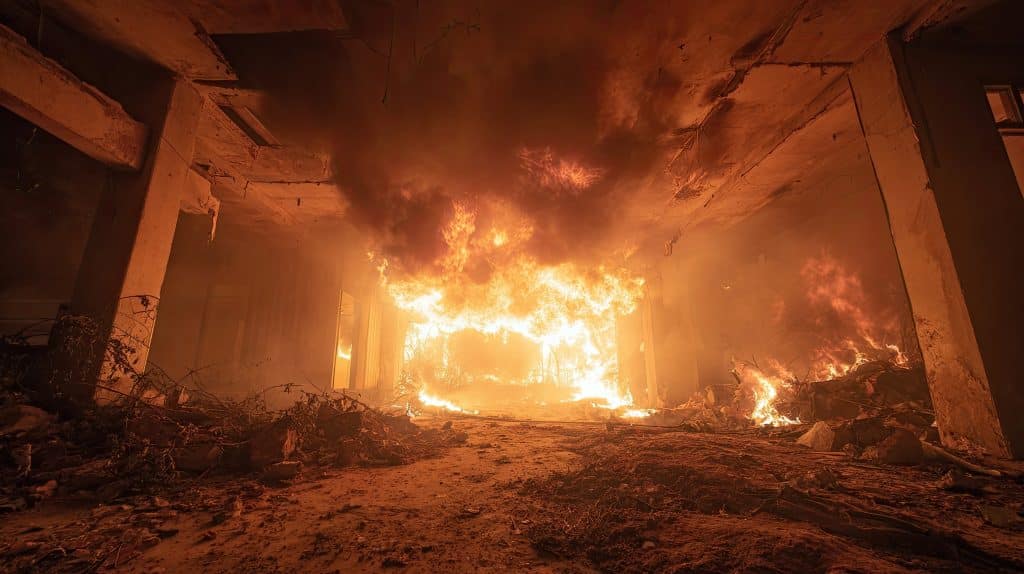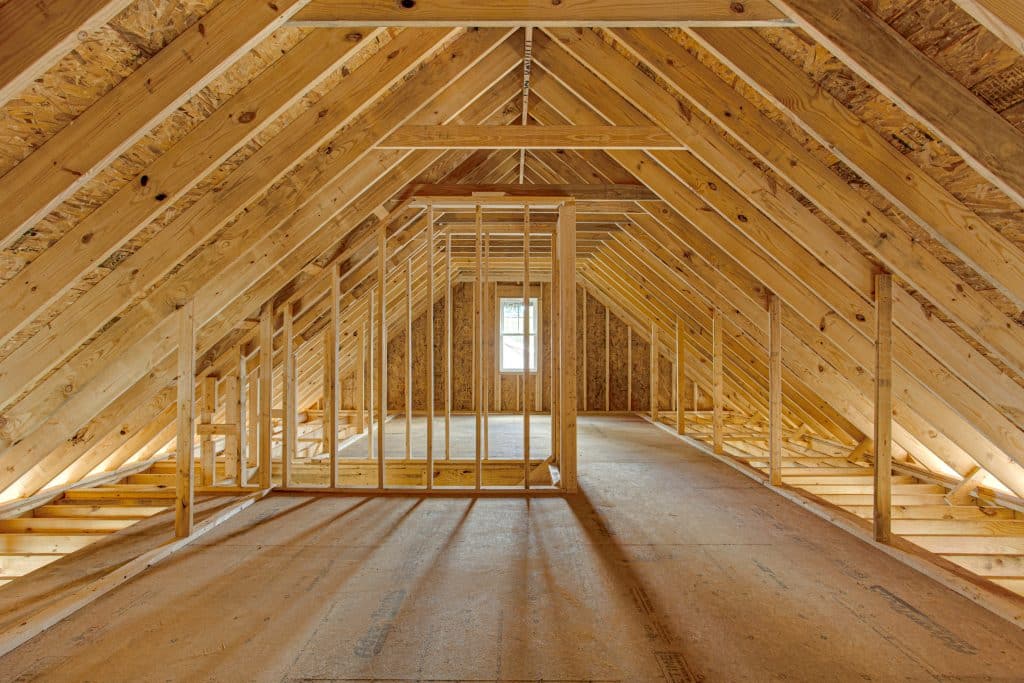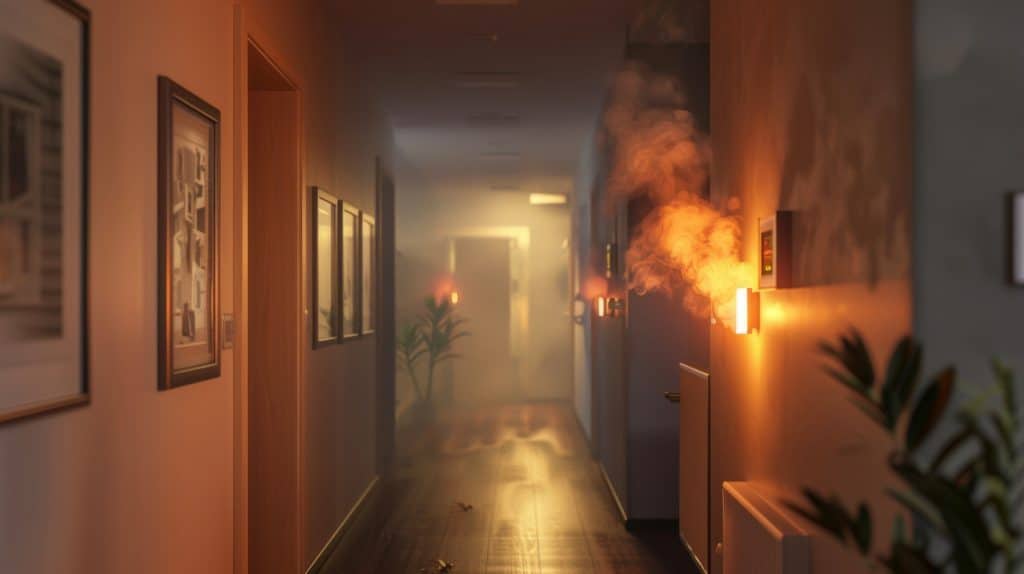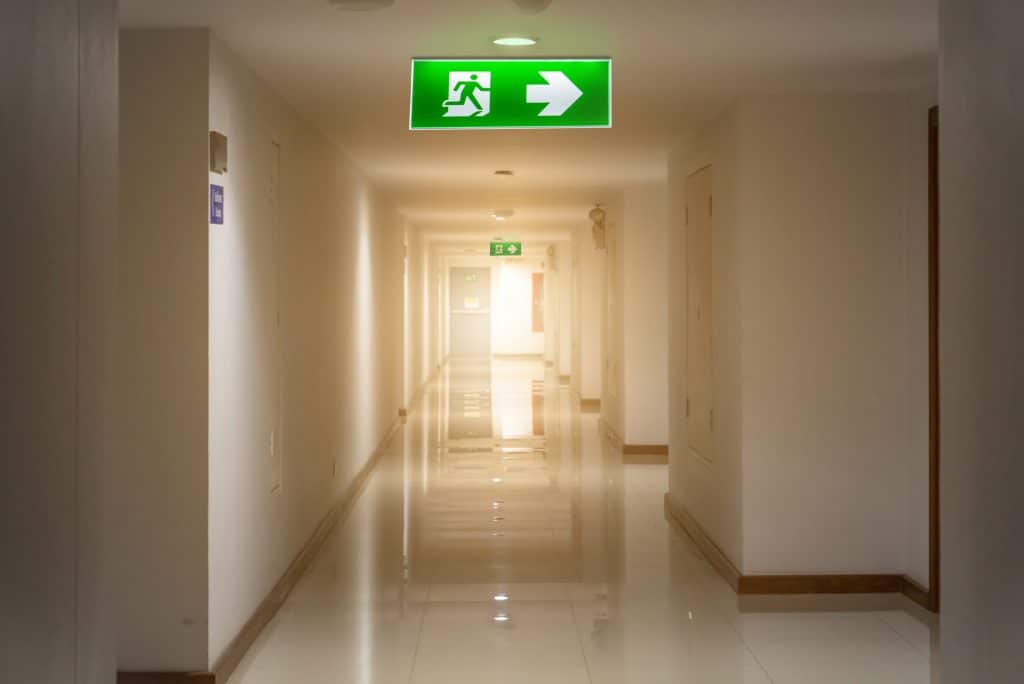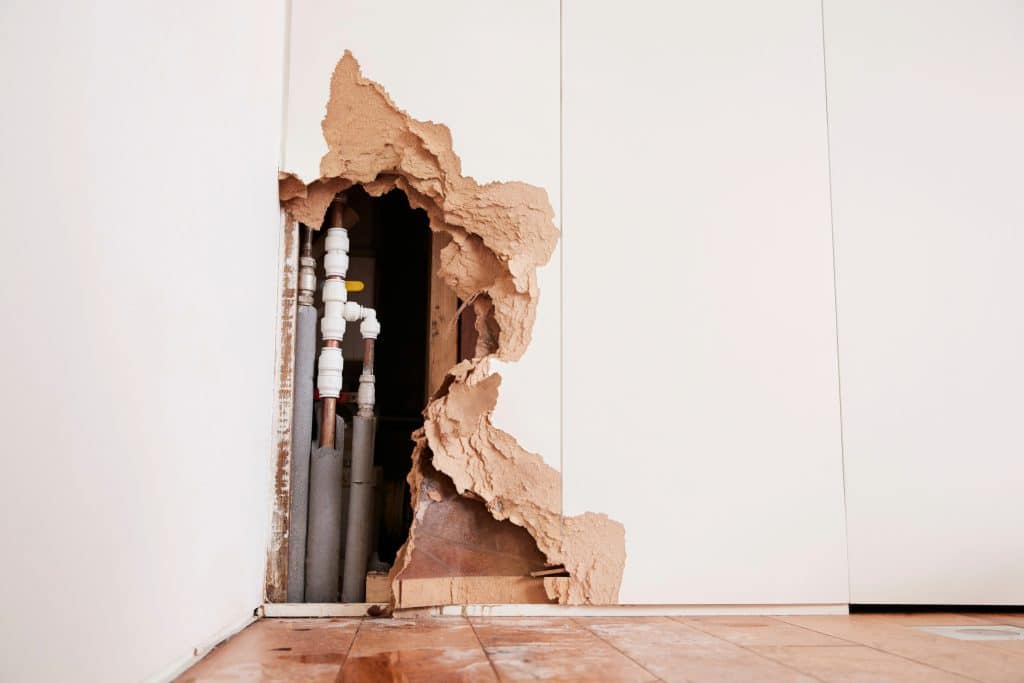When it comes to fire door safety, the smallest details can make the biggest difference. One such detail? The orientation of the intumescent fire seal. It might seem like a minor installation step, but fitting the seal the wrong way round can seriously compromise your fire door’s performance, and may even render your certification invalid. […]
Category Archives: Fire News
When planning your workplace fire safety system, sounders and bells are often the first things that come to mind. But what if someone can’t hear them? Whether due to a hearing impairment, high background noise, or specific environmental conditions, audible alarms alone may not be enough to keep everyone safe. That’s where visual alarms, also […]
Loft conversions are a popular way to add extra space and value to your home, but when you build upwards, fire safety becomes even more critical. One of the most common questions during planning is:“Do I need a fire alarm or smoke detector in the loft?” The short answer is: yes, in almost all cases. […]
Why small workarounds and quick fixes can quietly undermine your fire safety strategy In the fast pace of daily operations, it’s not unusual to see a “temporary” workaround in a building. This could be a fire door wedged open “just for airflow”, a blocked riser cupboard “just until we sort storage”, or a cable hole […]
When most people think about fire alarm coverage, they picture detectors in corridors, call points by exits, and sounders in busy rooms. But one space is often forgotten, the toilets. It might seem minor, but if your fire alarm can’t be heard clearly in the toilets, it could pose a serious risk to life. In […]
If you run a small business with fewer than five employees, you may be wondering whether you’re legally required to carry out fire drills. After all, the fire safety rules often mention written risk assessments for businesses with five or more staff, but what does that mean for your fire procedures? The short answer is: […]
Fire doors are a critical part of a building’s passive fire protection system, designed to contain fire and smoke, protect escape routes, and ultimately save lives. But for a fire door to do its job, it must close fully and securely every time. If it doesn’t self-close properly, that protection is compromised. In this blog, […]
When it comes to fire safety, most people think of escape routes in terms of clear walkways wide enough to let people pass through quickly. While width is important, it’s only one part of a much bigger picture. In reality, a compliant and effective escape route depends on accessibility, visibility, obstructions, lighting, signage, and more. […]
Intumescent seals play a vital role in passive fire protection, particularly around fire doors. These seals are designed to expand under heat, filling gaps to prevent the spread of smoke and flames. However, many building owners, caretakers, and decorators don’t realise that something as simple as a fresh coat of paint could render them ineffective. […]
When it comes to fire safety, the devil is often in the details, and few details are overlooked as frequently as the fire stopping around pipes, cables, and conduits. While buildings are designed with passive fire protection measures like compartmentation and fire-resistant walls, these defences can be quietly compromised during routine works such as installing […]


